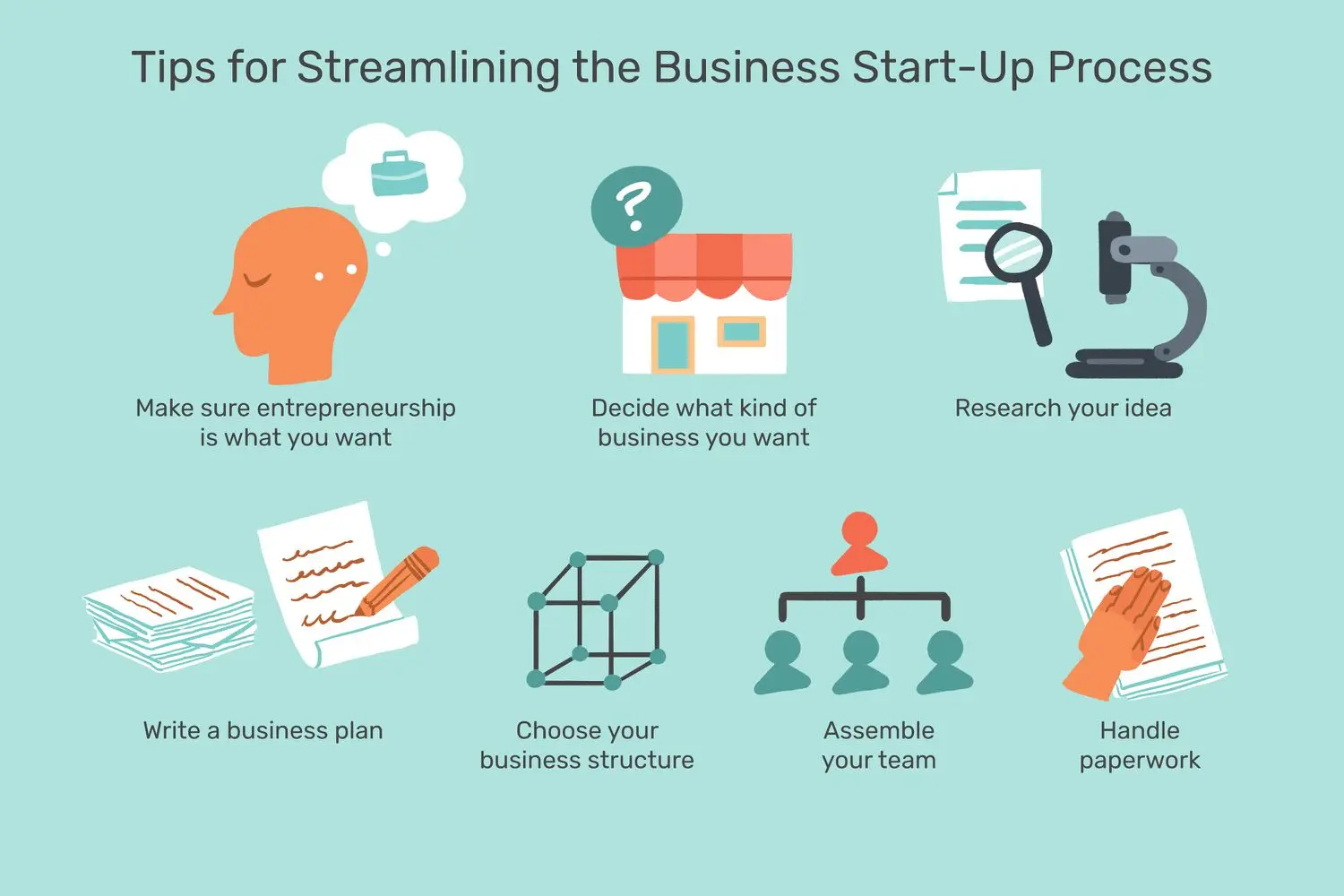
Step 1: Understand Your Loan Needs and Options
Before applying for a loan, it's essential to have a clear understanding of what your business needs. Small business loans come in various forms, including term loans, lines of credit, equipment financing, and SBA loans. Each type has different eligibility requirements and terms.
| Loan Type | Purpose | Interest Rate Range |
|---|---|---|
| Term Loans | Lump sum for expansion, equipment, or working capital | 5% - 12% |
| SBA Loans | Loans backed by the government, lower rates | 3% - 7% |
| Business Line of Credit | Flexible credit for ongoing expenses | 7% - 25% |
| Equipment Financing | Funds to purchase or lease equipment | 6% - 15% |
Key Considerations:
- Loan Amount: Know how much money you need.
- Loan Term: Understand how long you’ll need to repay the loan.
- Interest Rates: Look for competitive interest rates to avoid high costs.
Step 2: Check Your Business Credit Score
Your business credit score plays a critical role in securing a loan. Lenders use your credit score to assess your risk as a borrower and determine the interest rate. A higher score generally results in lower interest rates and better loan terms.
| Credit Score Range | Interest Rate Impact | Approval Chances |
|---|---|---|
| 750+ | Best interest rates, lower fees | Very high |
| 700 - 749 | Competitive rates, standard terms | High |
| 650 - 699 | Higher interest rates, more scrutiny | Moderate |
| Below 650 | Likely to face high interest rates or denial | Low |
Tips for Improving Your Credit:
- Pay bills on time.
- Reduce debt-to-income ratio.
- Correct any errors on your credit report.
Step 3: Prepare a Solid Business Plan
Lenders want to see that your business is financially stable and has the potential for growth. A business plan is essential to demonstrate your vision, strategy, and financial projections.
Key Components of a Strong Business Plan:
- Executive Summary: Clear overview of your business.
- Market Analysis: Show your understanding of the industry and target market.
- Financial Projections: Include profit-and-loss statements, cash flow, and balance sheets.
- Repayment Plan: How you plan to repay the loan.
Step 4: Shop Around for Lenders
Not all lenders offer the same terms, and some may have better rates or repayment structures for small businesses. Compare multiple lenders, including banks, credit unions, online lenders, and alternative financing options.
| Lender Type | Pros | Cons |
|---|---|---|
| Traditional Banks | Lower interest rates, solid reputation | More stringent requirements |
| Credit Unions | Personalized service, competitive rates | May have limited loan options |
| Online Lenders | Quick approval, flexible terms | Higher interest rates, fees |
| SBA-Approved Lenders | Government-backed, lower rates | Lengthy approval process |
Questions to Ask Lenders:
- What are the interest rates?
- What fees are involved?
- What is the repayment schedule?
- Are there any prepayment penalties?
Step 5: Gather Your Documentation
Lenders will require certain documents to process your loan application. Having these documents ready can speed up the process and improve your chances of approval.
| Document | Purpose |
|---|---|
| Tax Returns (2-3 years) | Proves your business's income and financial stability |
| Bank Statements | Shows cash flow and available working capital |
| Legal Documents | Business registration, ownership proof, licenses |
| Financial Statements | Profit-and-loss statement, balance sheet |
Step 6: Apply for the Loan
Once you’ve gathered all the necessary documents and researched lenders, it’s time to apply. Some lenders offer online applications that can streamline the process, while others may require in-person meetings.
Key Tips for a Successful Application:
- Be thorough and honest in your application.
- Double-check all documents for accuracy.
- Follow up with lenders to ensure your application is being processed.
Step 7: Review the Loan Offer
Once your application is approved, you will receive a loan offer with the terms and conditions. It’s important to review the offer carefully, including the interest rate, repayment schedule, and any fees. Don't hesitate to ask the lender questions if you don’t understand any part of the offer.
| Key Terms to Review | Important Details |
|---|---|
| Interest Rate | Ensure it aligns with what you were expecting |
| Repayment Terms | Understand the duration and frequency of payments |
| Fees | Watch out for origination fees, late fees, or hidden costs |
Step 8: Accept the Loan and Use Funds Wisely
After reviewing and agreeing to the terms, accept the loan and begin using the funds as planned. It’s essential to manage the loan responsibly by adhering to the repayment schedule and ensuring that the loan is used to grow your business.
Managing the Loan:
- Track spending: Use the loan for its intended purpose.
- Stay on top of repayments: Avoid missed payments that could harm your credit score.
Conclusion: Achieving Success with Your Small Business Loan
Securing a low interest small business loan requires careful preparation and the right strategy. By understanding the loan options, improving your credit score, shopping for the best rates, and preparing the necessary documentation, you can maximize your chances of getting favorable terms. With the right loan in hand, you’ll have the financial support needed to grow your business and achieve long-term success. 💪💼






